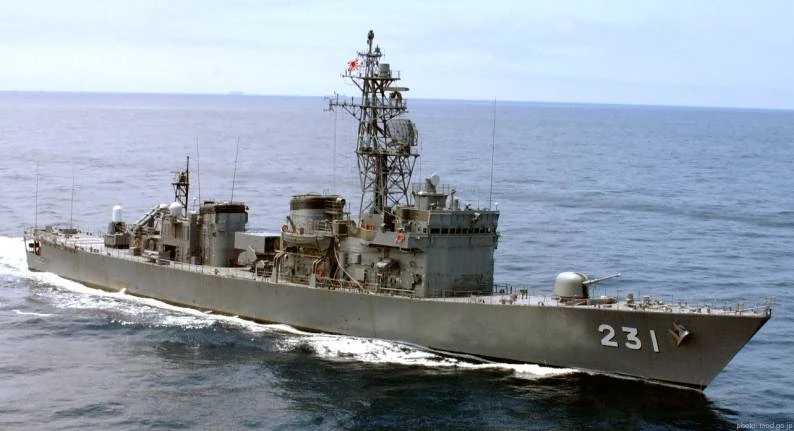Japan’s Abukuma-Class Destroyers Give Philippines Navy Real Firepower in South China Sea Standoff
Aging Japanese destroyers breathe new life into the Philippine Navy’s firepower, shifting the balance in contested waters.
In a landmark move that reshapes the maritime balance in Southeast Asia, the Government of Japan is reportedly preparing to transfer up to six Abukuma-class destroyers to the Philippine Navy — a gesture that signals both a deepening strategic partnership and a tangible boost to Manila’s limited naval firepower.
While these destroyers are ageing by modern standards — with most built between the late 1980s and early 1990s — they still pack a potent punch in anti-submarine and anti-surface warfare that the Philippines urgently needs to strengthen its position in the West Philippine Sea.
The Philippine Navy’s fleet has long been constrained by a lack of major surface combatants equipped with credible anti-ship missiles and torpedoes.
Despite commendable modernisation efforts that brought in two Jose Rizal-class frigates from South Korea and upcoming corvettes from Hyundai Heavy Industries, the Navy’s capability gap against China’s increasingly assertive presence in the South China Sea has remained significant.
The arrival of the Abukuma-class destroyers, however, signals a dramatic step forward.
Unlike the older corvettes and World War II-era vessels the Philippines retired years ago, these ships were built with modern sensors, surface-to-surface missile launchers, 76 mm Oto Melara naval guns, and anti-submarine torpedo launchers — features that instantly upgrade Manila’s ability to hold hostile ships and submarines at risk.
Originally commissioned by the Japan Maritime Self-Defense Force (JMSDF) as destroyer escorts (DE), the Abukuma-class are 2,000-tonne ships designed primarily for anti-submarine warfare but flexible enough to carry out surface combat operations.

Each ship is fitted with:
-
RGM-84 Harpoon anti-ship missiles — a credible long-range punch against enemy surface vessels.
-
Mark 32 triple torpedo tubes for lightweight torpedoes — giving the Navy a new layer of undersea warfare capability against encroaching submarines.
-
Oto Melara 76 mm rapid-fire gun — suitable for air and surface threats.
-
Phalanx CIWS (Close-In Weapon System) on upgraded variants — adding a last line of defence against incoming missiles or aircraft.

